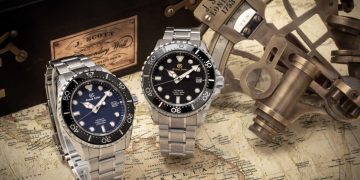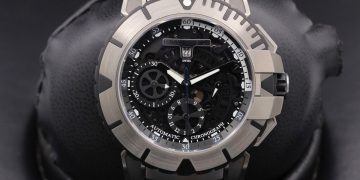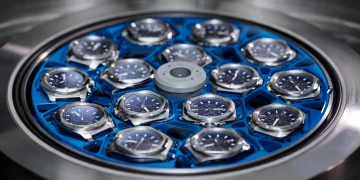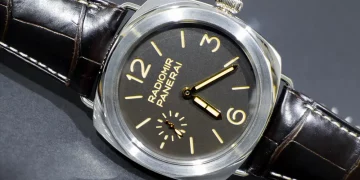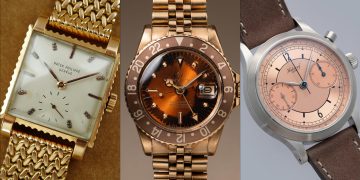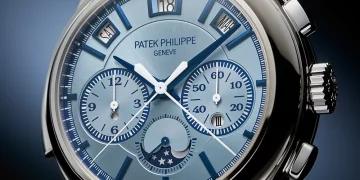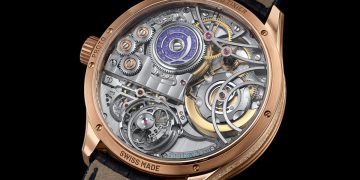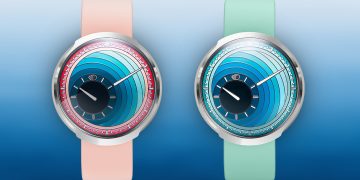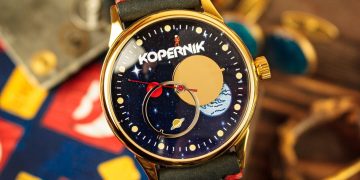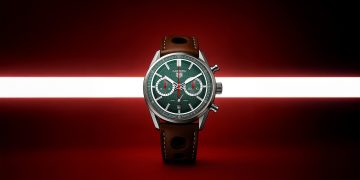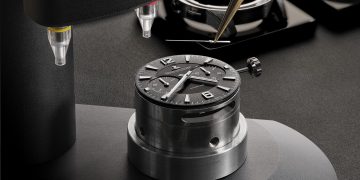In the world of luxury watches, the movement is often regarded as the heart and soul of a timepiece. It represents the technical craftsmanship, precision, and heritage behind a watch’s design. A watch’s movement—whether it’s a mechanical, automatic, or quartz movement—is what determines not only the timekeeping accuracy but also the overall quality and longevity of the timepiece.
When it comes to top-tier luxury watch brands, movements such as those from Patek Philippe, Rolex, Audemars Piguet, and Omega are revered for their innovation, engineering, and ability to withstand the test of time. These movements have become synonymous with excellence, and many collectors and watch enthusiasts consider them to be the benchmark against which all others are measured.
But what about lesser-known brands or newer entrants to the luxury watch market? Can their movements truly rival those of the established watchmakers, or are they simply playing in a league they can never truly enter? In this article, we will delve into the question of whether the movement of this particular watch—let’s call it the “Contender”—can stand up to the legendary movements of top-tier brands. We will examine the technical specifications, engineering, and overall performance of the “Contender” movement, comparing it to those found in renowned watches to determine whether it has what it takes to compete.
1. Understanding What Makes a Top-Tier Movement
To evaluate whether a movement can compete with the best, it’s essential to first understand what constitutes a high-quality, top-tier watch movement. Several factors contribute to a movement’s reputation, and these are some of the key characteristics that define movements from leading luxury watchmakers:
a. Precision and Accuracy
Top-tier movements are known for their precision and accuracy, with many being COSC-certified (Chronometer) or even exceeding this standard. This means they can maintain a time deviation of no more than -4/+6 seconds per day, ensuring the highest level of reliability. Movements from top brands like Rolex’s Caliber 3135 or Patek Philippe’s Caliber 240 are renowned for their precision, and they often remain accurate for years, if not decades.
b. Materials and Finishing
The materials used in a movement’s construction can make a significant difference in its performance and longevity. High-end movements are often made from alloys such as 904L steel, silicon, or even gold. These materials are chosen for their durability, resistance to corrosion, and ability to maintain their integrity over time.
Moreover, the finishing of a movement plays a major role in its overall aesthetics and functionality. Top luxury brands pride themselves on the intricate decorations of their movements—things like perlage, Côtes de Genève, and anglage (beveling) that not only enhance the visual appeal but also improve the movement’s longevity by reducing friction and wear.
c. Innovative Technology
Leading brands often incorporate cutting-edge technology into their movements. For example, Omega’s Co-Axial escapement, developed by George Daniels, reduces friction and extends the movement’s lifespan. Similarly, Rolex’s patented Parachrom hairspring ensures greater resistance to shocks and temperature variations, enhancing the movement’s reliability.
Such innovations set top-tier movements apart from the rest, allowing them to continue performing at a high level for many years.
d. Power Reserve and Longevity
A premium movement also excels in terms of power reserve, with many top luxury watches boasting 48 hours or more. Some high-end models even offer extended power reserves of up to 120 hours, which is highly desirable for collectors and watch enthusiasts.
Longevity is also a crucial factor. Movements from top brands are expected to last for decades, often outlasting the watch itself and becoming an heirloom passed down through generations.
2. The “Contender” Movement: Technical Overview
Let’s now focus on the movement within the “Contender” watch. As an emerging or lesser-known brand, the movement in question may or may not have the same pedigree or technical achievements as those found in the top-tier models. To make a fair comparison, let’s take a closer look at the specifications and features of the “Contender” movement.
a. Movement Type and Accuracy
The “Contender” features an automatic movement, which is an essential choice for many collectors and enthusiasts who appreciate the tradition of mechanical timekeeping. However, we must first assess whether this movement can maintain the level of accuracy expected from a top-tier timepiece.
While the “Contender” boasts an accuracy rate of -5/+10 seconds per day, it falls short of the COSC-certified standard or the performance of top-tier brands like Rolex or Patek Philippe. This discrepancy in accuracy is a crucial factor in determining whether the movement can truly compete with industry leaders. While not necessarily a deal-breaker for most buyers, the movement’s accuracy may be a limiting factor when compared to the precision offered by the best in the industry.
b. Materials and Finishing
The materials used in the “Contender” movement are essential to its performance. Upon closer inspection, the movement features a stainless steel construction, with some components made of brass or steel. While these materials are durable, they are not as advanced or high-end as those used in the movements of luxury brands like Patek Philippe, which often uses a combination of 18k gold and high-tech alloys for their escapements and balance wheels.
As for finishing, the “Contender” movement shows some degree of decoration, with basic Côtes de Genève and perlage on some visible surfaces. However, it lacks the intricate detailing seen in top-tier movements, which are often finely polished and decorated to the highest standards. The “Contender” may be competent in terms of functionality, but it doesn’t quite match the aesthetic refinement that collectors of high-end watches typically expect.
c. Innovative Technology
The “Contender” movement does not incorporate any groundbreaking technological advancements such as Omega’s Co-Axial escapement or Rolex’s Parachrom hairspring. It appears to be a more traditional movement, relying on established designs and materials. While there’s nothing inherently wrong with this, it does put the “Contender” at a disadvantage compared to top luxury movements that prioritize innovation and pushing the boundaries of horological engineering.
Innovative technologies like silicon components, anti-magnetic escapements, and advanced shock-resistance systems set top-tier movements apart from the rest, giving them a competitive edge in terms of performance and durability. Unfortunately, the “Contender” lacks these innovations, which may make it less attractive to those who value cutting-edge technology in their timepieces.
d. Power Reserve and Longevity
The “Contender” offers a power reserve of around 40 hours, which is respectable but not exceptional. Many high-end brands, such as Jaeger-LeCoultre and Patek Philippe, offer power reserves that extend well beyond 50 hours, with some models reaching up to 120 hours. While the “Contender” offers adequate performance for day-to-day wear, it may not be on par with the best in the industry when it comes to longevity and power reserve.

3. Comparing the “Contender” to Top-Tier Movements
When we compare the “Contender” movement to the likes of Rolex’s Caliber 3235, Patek Philippe’s Caliber 324, or Audemars Piguet’s Caliber 3120, we see that the “Contender” falls short in several key areas. While the movement is well-built and reliable, it doesn’t offer the same level of technical sophistication, accuracy, or innovative features as those found in the movements of the top-tier brands.
Top-tier brands invest heavily in research and development, ensuring that their movements not only meet but exceed the expectations of the most discerning collectors. They integrate advanced technologies, use superior materials, and maintain an obsessive focus on precision and longevity. The “Contender,” while a worthy competitor in its own right, doesn’t quite achieve the same level of excellence.
4. Conclusion: Can the Movement Compete with Top Luxury Brands?
In conclusion, the “Contender” movement, while solid and reliable, does not quite reach the level of sophistication and technical achievement seen in the movements of top-tier luxury watchmakers. It may appeal to those who are looking for a functional, high-quality timepiece without the premium price tag of luxury brands, but it lacks the innovation, precision, and finish that define the best movements in the industry.
Ultimately, whether the “Contender” movement can compete with the best depends on what you are looking for in a watch. For some buyers, the value lies in the aesthetics, design, and heritage of a brand, while for others, the performance and technical prowess of the movement are paramount. While the “Contender” is a solid option for those seeking a reliable watch, it simply cannot compete with the movements of the top luxury brands in terms of innovation, craftsmanship, and overall excellence.


